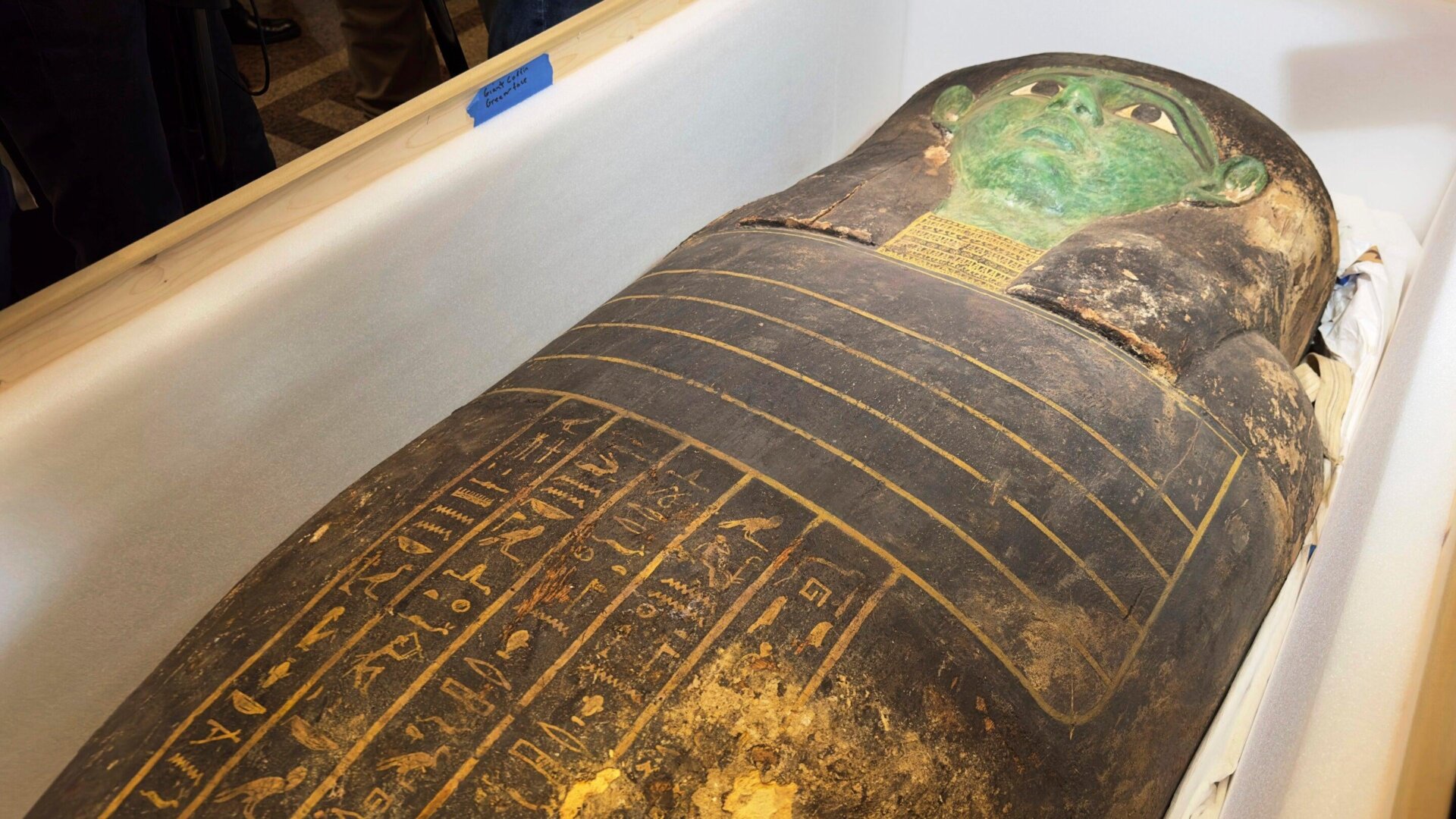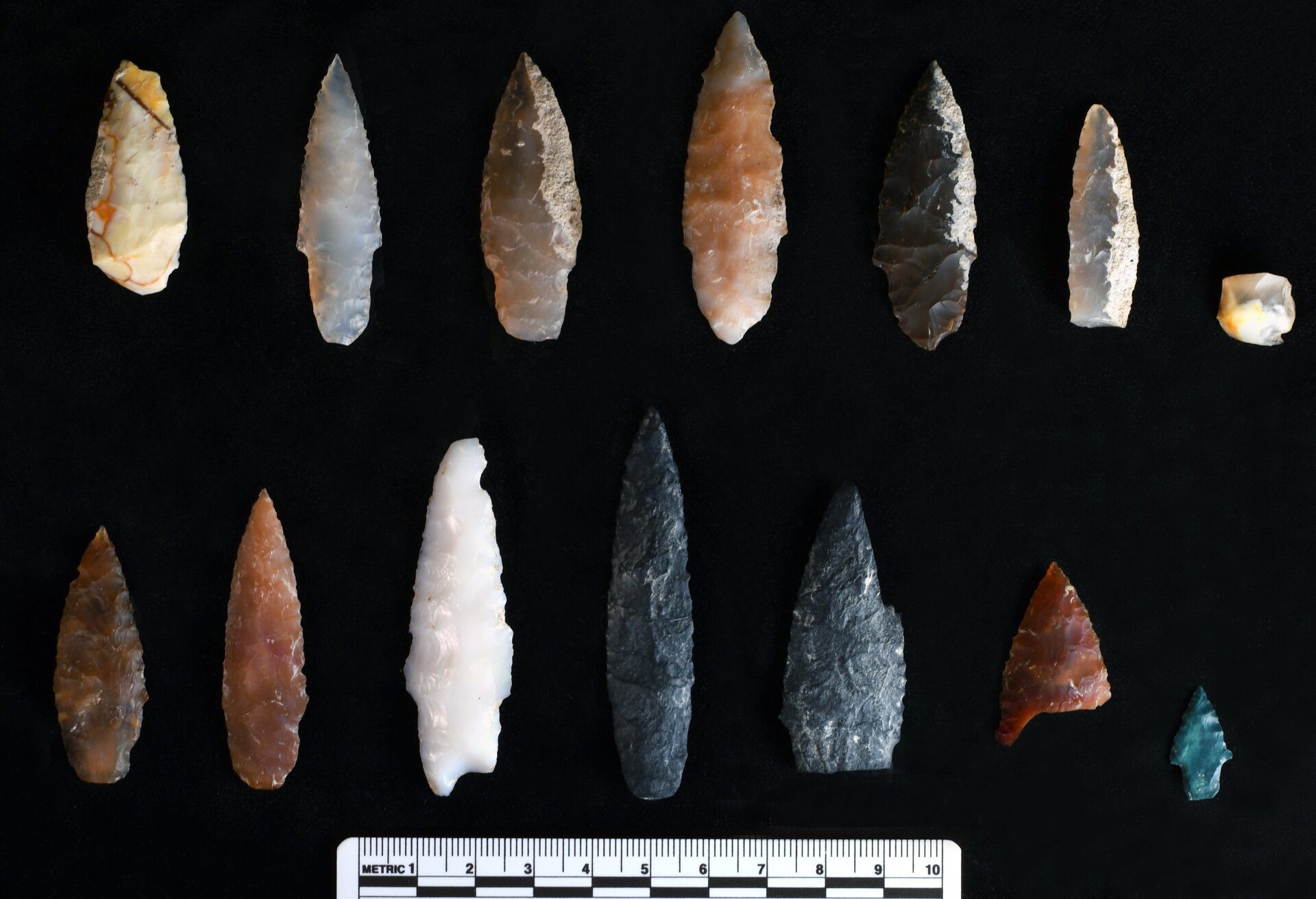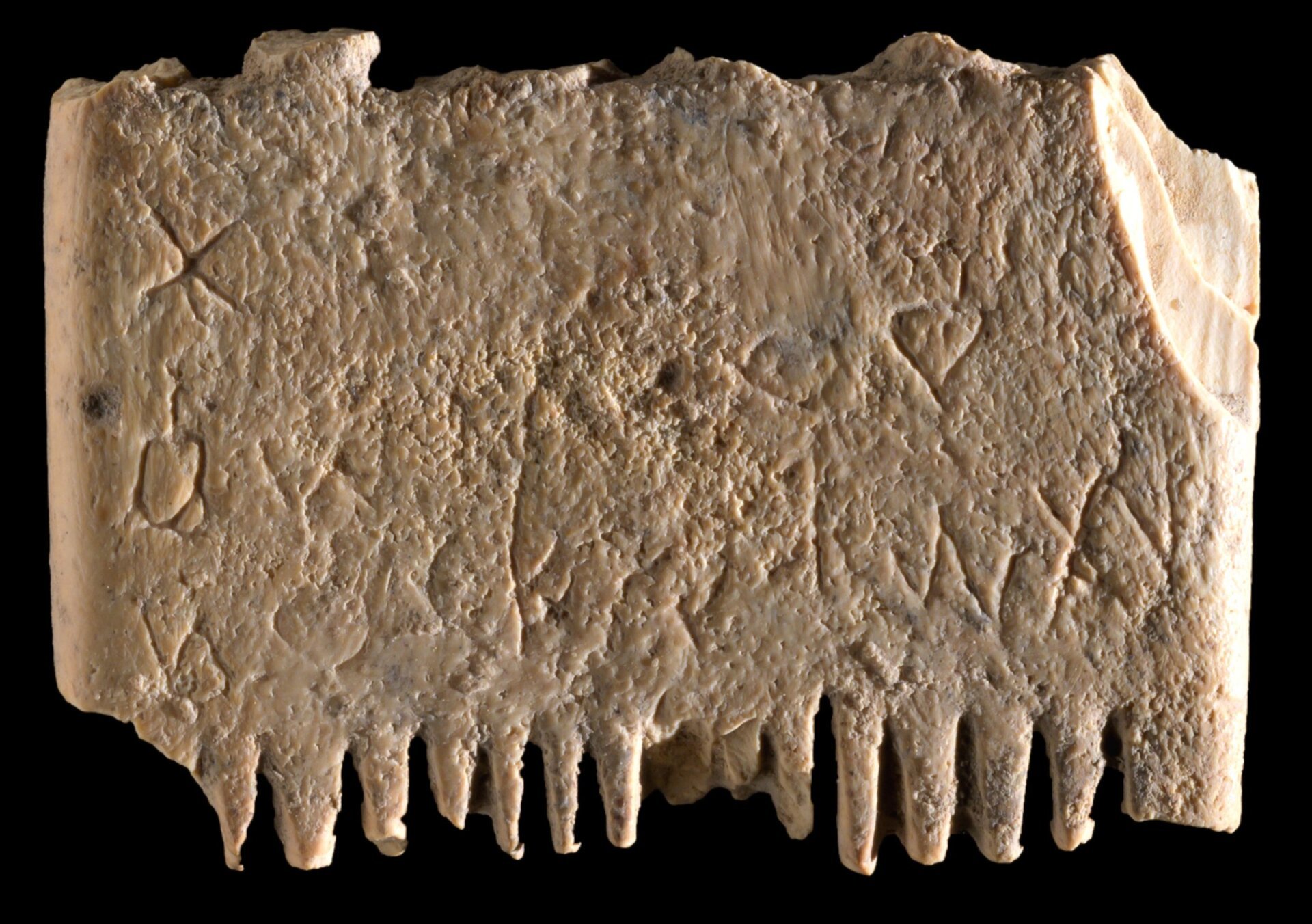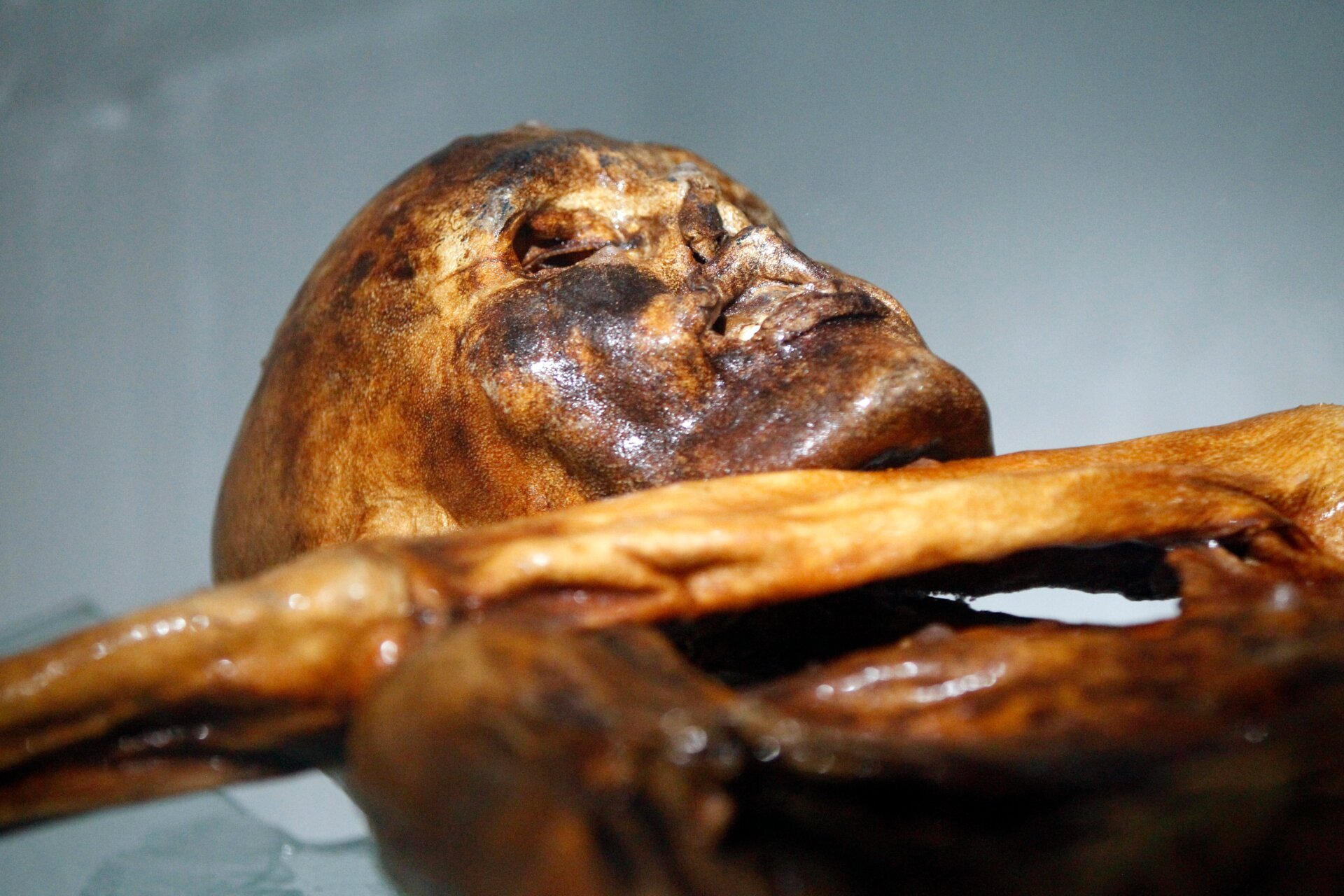The brutal weaponry of the Crusades typically brings to mind swords, bows, and other conventional arms. However, recent research published in PLoS One suggests a more explosive addition to the arsenal: hand grenades. Analysis of sphero-conical vessels, unearthed in Jerusalem’s Armenian Quarter, reveals their potential use as early explosive devices.
These heart-shaped containers, excavated between 1961 and 1967, were initially attributed to the Mamluks, a powerful military force in the Middle East. While the use of grenades during the Crusades has been previously suggested, including accounts of Saladin’s forces deploying explosives during the 1187 Siege of Jerusalem, this new study provides compelling scientific evidence.
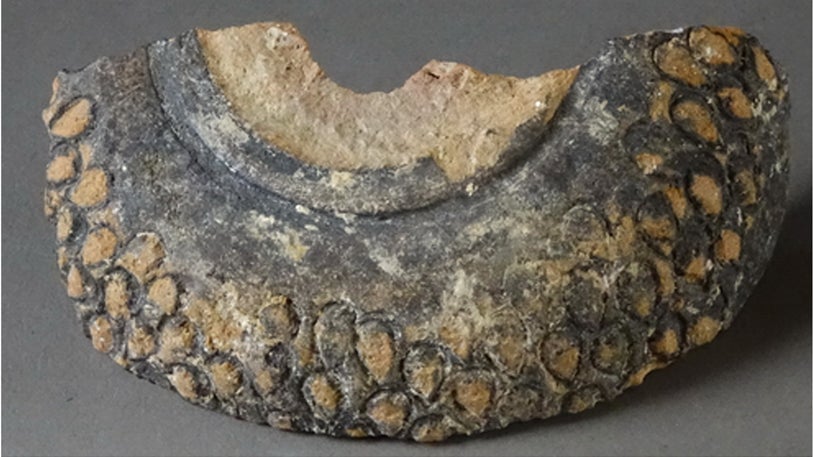 Sherd 741, which had residues that indicated explosive materials were once inside.Fig 1. Sherd 741 showing residue evidence of explosive materials. (Matheson et al. 2022, PLoS One)
Sherd 741, which had residues that indicated explosive materials were once inside.Fig 1. Sherd 741 showing residue evidence of explosive materials. (Matheson et al. 2022, PLoS One)
Researchers analyzed residues from four sphero-conical vessel sherds, dating back to the 11th or 12th century. Three vessels contained traces of medicines and oils. However, the fourth revealed a unique mixture of plant oils, animal fats, and nitrates—a combination suggestive of an explosive concoction.
“An explosive needs a fuel and an oxidizer, contained within a pressurized vessel to build up the reaction leading to detonation,” explains Carney Matheson, a molecular archaeologist at Griffith University in Australia.
Local Innovation in Explosive Weaponry
This discovery sheds light on the ingenuity of medieval weaponry in the Middle East. “If the explosive ingredients theory holds true, it reshapes our understanding of medieval warfare, demonstrating that these explosive weapons were a local innovation,” Matheson adds. “The chemical components weren’t imported through the Silk Road from China, but developed indigenously in the Middle East.”
Similar artifacts discovered in Cairo almost a century ago revealed traces of sulfur and potassium nitrate. This recent research, however, identified higher nitrate levels, potentially combined to create a powerful oxidizing agent within these ceramic grenades. Importantly, the researchers confirmed that the chemical composition differed from black powder, highlighting the unique local development of these explosive devices.
A New Perspective on Crusader Warfare
This discovery expands our knowledge of medieval weaponry and adds another layer of complexity to the history of the Crusades. While swords and bows remain iconic symbols of the era, the potential use of hand grenades paints a more nuanced picture of the technological advancements and tactical approaches employed during this period.
Further research is needed to fully understand the prevalence and impact of these explosive weapons on the battlefield. However, the current findings offer a fascinating glimpse into the evolving landscape of warfare during the Crusades. The discovery challenges preconceived notions and underscores the importance of continued archaeological investigation in uncovering the hidden complexities of history.






